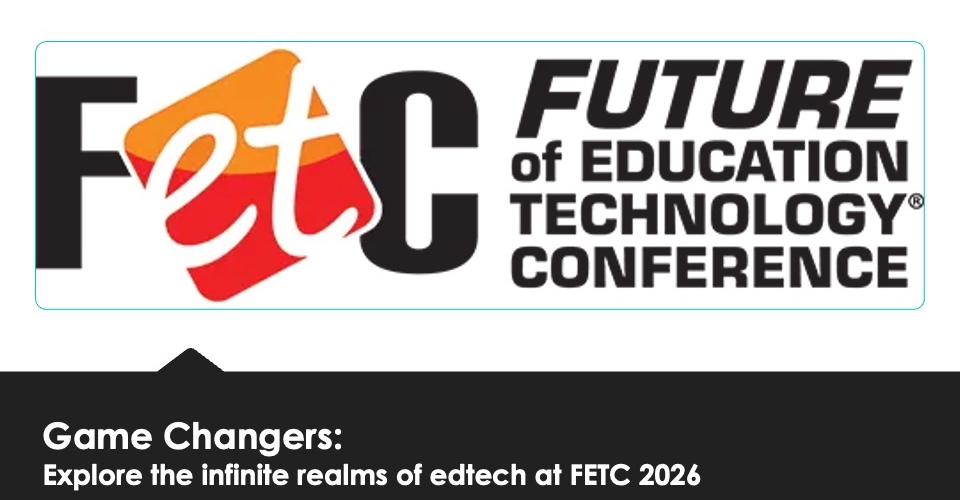When the Los Angeles Unified School District fell victim to a ransomware attack in 2022, one thing was made clear: anyone is vulnerable. Since then, numerous cybersecurity advisories and government efforts have raised awareness and strengthened K12 schools’ security networks. Now, the Department of Education’s latest task force is a promise for safer schools.
In March, the U.S. Department of Education, in partnership with the Cybersecurity and Infrastructure Security Agency (CISA), launched the Government Coordinating Council for the Education Facilities Subsector, a direct response to the ransomware attacks that continue to create challenges for K12 schools. The group aims to build a more resilient and secure K12 digital infrastructure through structured dialogue and shared best practices.
District Administration recently spoke with one of its members, Jennifer Silva, who is also the director of external relations at the National Association of Secondary School Principals, about the kind of support superintendents and building leaders can expect from the council heading into the 2024-25 school year.
Note: The following Q&A has been edited for clarity and brevity.
Tell me about the Government Coordinating Council and the role you play in it.
“CISA and the Department of Homeland Security called on [NASSP] to participate because we represent the Principal Recovery Network. It’s a group of school leaders who have been directly impacted by school shootings, and we focus on the recovery aspect of it.
This work has led us to work on the hill, lobbying Congress on elements of Project SERV grant funding and other legislative proposals like swatting, fake threats, cybersecurity and other issues.
We launched in the last week of March and our efforts surround strengthening cybersecurity in schools. Education is a huge area because of the school violence that’s happening. The principal’s voice is instrumental in playing a part in the development of a school system.
We’ve only had several meetings, but there’s been a lot of introduction and establishment of our short- and long-term goals. There are a lot of partnerships involved in the council itself.
What we want to work on primarily, at least on the short-term end of things, is the accessibility of grants. A lot of schools don’t have grant writers or adequate funding. We want to make it more accessible. Also, we want to have conversations surrounding the safety and infrastructure of schools, especially for low-income schools. They don’t have the kind of staff capacity that other schools do.”
Can you describe the current state of K12 cybersecurity?
“What I’m hearing on the ground when we go to our state conferences is a lot of talk about swatting. Those threats are literally activating a school community as if it’s a real threat. Imagine the resources that are expanded there and the trauma of that. This is an out-of-control problem across so many schools.
I’ll give you an example. In one of our Principal Recovery Network schools, because they’ve had a school shooting, they can experience anywhere from a little over 2,000 fake and legitimate threats a year. It’s absolutely out of control, which is why we’re stepping in to create some solutions around the risk assessments and risks in general of school cybersecurity teams and systems.
To answer your question, cybersecurity has increased over the past few years. We’re always trying to figure out a way to integrate safeguards around the system itself.”
What kind of support can leaders expect from the council as they prepare for the 2024-25 school year?
“One of the things we want to do is make sure we’re providing not just the short-term, but the long-term sustainability. When we send out recommendations, we want communities to come together as a solution, not to be siloed.
It could take a long time for these recommendations to be adopted at the federal level, but they could be very easily integrated at the state or local levels quickly because these threats are happening all the time.”
More DA coverage
- 4 ways tech is helping kids avoid summer learning slides
- Marlin ISD was failing. Now this superintendent is changing trajectories
- “We fail to build strong children:” This bill slashes education budget by 13%



